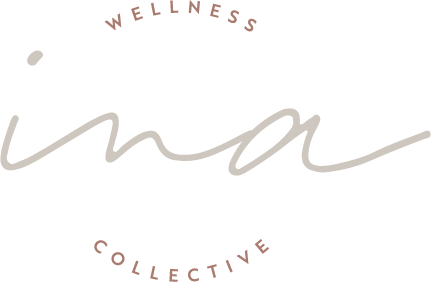In a recent workshop I led called Designing Healthy Habits, one of the most common responses from participants on what habit they wanted to create in the new year was starting a meditation practice.
It’s no surprise that, alongside yoga, meditation is seeing increased popularity, and mental fitness is expected to be a top wellness trend in 2022.
So why meditation? There’s a large amount of evidence that shows how meditation offers a wide range of health benefits including reducing stress, better sleep, increased energy, and stronger self-awareness.
Researchers at the Columbia University Medical Center claim meditating can change the structure and function of the brain through relaxation, which can also improve memory and even build a stronger immune system.
As we continue to deal with the uncertainty of the pandemic while simultaneously spending more time at home, consider adding a meditation practice into your wellness toolkit this year.
Here are a few simple ways to get started:
Find a comfortable space
As I guide my health coaching clients through designing healthy habits, one of my top recommendations is to set up and optimize your environment.
In the case of starting a meditation practice, I recommend designating a space at home where you’d like to meditate consistently from. This can be on the floor in your bedroom, outside in your backyard or even in your bed if you’re exploring sleep meditations.
Once you’ve found your spot, one of the most overlooked parts of settling into meditation is finding a comfortable position in which the body can be comfortable yet remain alert.
You can choose to be seated on a chair with your feet flat, seated cross legged or sitting on your heels. A few props that can support creating a comfortable seat include:
A yoga mat
A meditation cushion
A blanket
Yoga blocks
In addition, setting the tone for your meditation means eliminating distractions. Consider putting your phone on focus mode and having a pair of headphones handy.
In addition, having a journal and pen close by can be helpful in case you feel prompted to write any reflections down after your meditation.
Explore free apps
As a beginner, it can be supportive to start off with listening to guided meditations. There are a wide range of meditation apps out there to choose from, however my top two recommendations that offer free resources are:
Insight Timer: This app offers the largest library of guided meditations, including over 100,000 meditations to improve sleep, cope with anxiety, manage stress and more.
1 Giant Mind: With a mission to inspire millions of people around the world to take up meditation as a daily practice and live more fulfilling lives, 1 Giant Mind is a free app that features a 12 Step ‘Learn Meditation’ Course, a 30-Day Challenge, and a meditation timer.
If you’re looking to meditate with no guidance, but want some background sound, Spotify also has a wide selection of meditation playlists and binaural beats.
Let go of expectations
Many beginners have a preconceived idea of what meditation should look or feel like, which can prevent them from trying it in the first place.
The truth is, there’s no rule book for how long you should meditate or what your experience should be.
Your mind may be racing some days, and your thoughts will always wander. You can sit in meditation for 20 minutes or even just for 2 minutes.
As you build consistency in your practice, you’ll start to flex the muscle of self-awareness. Noticing your thoughts, acknowledging them and becoming more mindful in your everyday life.
Check out the full article here.
Livia Marati is a women’s holistic health coach and founder of Ina Wellness Collective. You can send her questions and comments at livia@inawellnesscollective.com.
